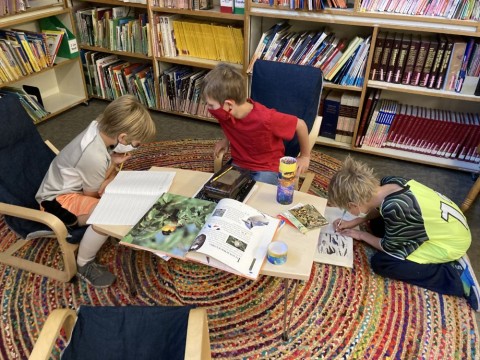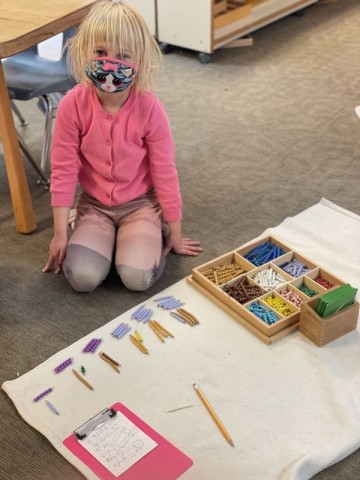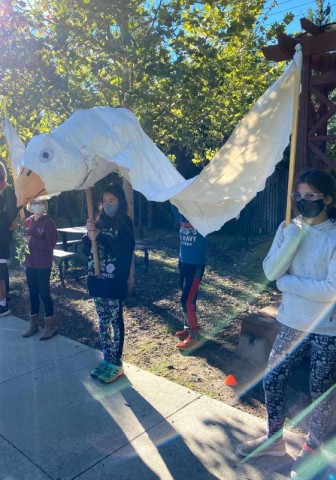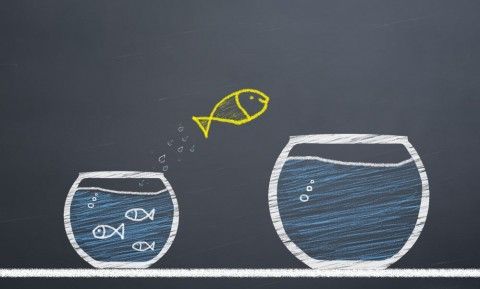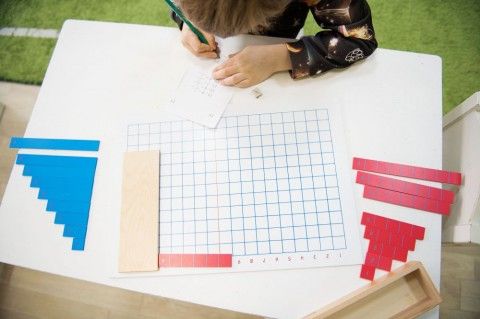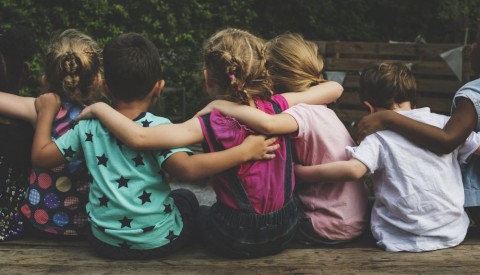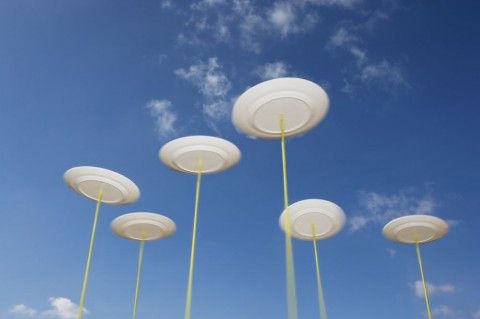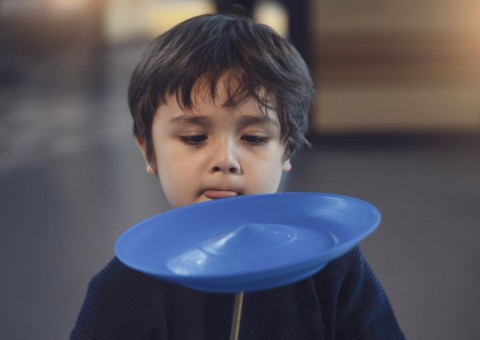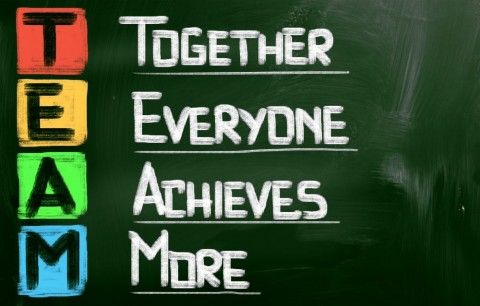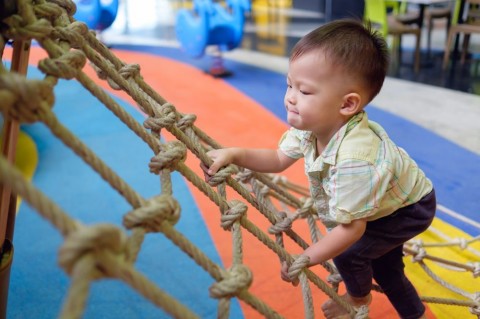By Jessica Graham, M.D., Pediatric Emergency Physician and Thomas Hanff, M.D., Heart Failure Cardiologist; Current MCS Parents
Our gratitude to Jessica and Thomas for providing the following information to our community: MIS-C myocarditis is seen in children after a COVID-19 infection; vaccine-related myocarditis has been described in children after they receive the mRNA vaccine. Which poses the bigger danger for your child?
What is MIS-C?
Multisystem inflammatory syndrome in children is a rare inflammatory condition that occurs in children within 6 weeks after a COVID-19 infection. It can occur even if a child has an asymptomatic infection. This condition can cause inflammation of the skin, eyes, heart, lungs, kidneys, liver, brain and gastrointestinal system. The biggest concern is MIS-C myocarditis, which can cause low blood pressure, dilation of blood vessels in the heart, and a decline in heart function leading to heart failure.a
How common is MIS-C and what age group does it affect?
Out of every 1 million children who get COVID, about 300 will get MIS-C. MIS-C is most common in children aged 6-10. b
Key points:
- We don’t know why some children get sick with MIS-C after COVID while others have nota
- All children with MIS-C need to be treated in the hospital, some in the pediatric ICUa
- Most kids with MIS-C have excellent outcomesa
What are symptoms of MIS-C?
In addition to ongoing fever, children experience:c
- Stomach pain
- Bloodshot eyes
- Rash
- Diarrhea
- Vomiting
- Dizziness, lightheadedness
What is the treatment for MIS-C?
All children with MIS-C are hospitalized. During hospitalization, they receive serial testing (labs, ECGs, echocardiograms to look at heart). Treatment can include IV fluids, blood pressure support, IVIG (antibodies given through a vein), steroids, and/or biologic medications (powerful drugs that stop inflammation). Most children take daily aspirin and are followed by a cardiologist after hospitalization.a
What is the biggest danger of MIS-C?
In most children, the biggest danger is MIS-C myocarditis. Some children with MIS-C myocarditis have a depressed left ventricular ejection fraction (the heart pumps less blood when it squeezes), some have diastolic dysfunction (the heart does not fill normally between squeezes), and some have coronary artery dilation (the blood vessels that feed heart tissue are dilated/floppy). Almost all children with these findings recover well; however, long-term data is still being collected.
How can I protect my child from MIS-C?
Fortunately, although MIS-C can lead to severe illness, it is still a relatively rare outcome of COVID-19. However, for children of eligible age, vaccination to prevent COVID-19 remains one of the most effective preventive measures. The vaccine also protects against all the other complications of COVID-19, including death and debilitating long-COVID symptoms. In addition, you should continue to take everyday actions to prevent your child and entire household from getting COVID-19.d
What is Vaccine Related Myopericarditis?
Myocarditis is inflammation of heart muscle. Pericarditis is inflammation of outer lining of heart. Myopericarditis is when both the heart muscle and the outer lining are inflamed. In the case of vaccine related myopericarditis, the inflammation is thought to be in response to the mRNA COVID vaccine.
How common is vaccine related myopericarditis and what age group does it affect?
Out of 1 million people 16 or older who got the Pfizer vaccine, ~ 20 got COVID-related myopericarditis. e Vaccine related myopericarditis has never been described in a child <12; however, data on mRNA vaccine side effects are still being collected.
Key points:
- Occurs mostly in male adolescents > 12 years old and young adults
- Most cases have been described after the second dose of an mRNA vaccine
- Most cases have occurred within a week of the vaccine
- Most cases responded well to medicine and rest and felt better quickly
- Most people return to normal activities after symptoms
What are symptoms of vaccine related myopericarditis?
- Chest pain
- Shortness of breath
- Palpitations
- Fever
What happens to kids when they have vaccine related myopericarditis and how are they treated?
When vaccine related myopericarditis was first described, all children were hospitalized and observed very closely. Some were treated with supportive care (fluids). Most children never needed any medical interventions. Now, most patients with this condition do not need to stay in the hospital but can be followed outpatient by their doctor.
How can I protect my child from vaccine related myopericarditis?
Your child will not get vaccine related myopericarditis if they do not get the mRNA vaccine. However, if they do not get the vaccine, they would be at higher risk of getting MIS-C or COVID-19
Table: Comparison of MIS-C Related Myocarditis Vs. Vaccine Related Myopericarditisf
| |
MIS-C (149 patients) |
Vaccine-Related Myopericarditis (9 patients) |
| Age |
Median 7.5 years |
Median 15.5 years |
| Sex |
Predominantly male |
Predominantly male |
| Change in heart function (depressed LVEF) |
42% of patients |
22% of patients |
| Discharged on medication for heart |
3% |
none |
| Recovery of heart function |
Full |
Full |
Take-home points:
- MIS-C myocarditis affects younger patients compared to vaccine related myopericarditisf
- MIS-C due to COVID is more likely than vaccine-related myopericarditis in the 5-11 age group
|
- Children with COVID-19 vaccine-related myopericarditis generally have a milder illness and lower likelihood of cardiac dysfunctionf
|
- Children with COVID-19 vaccine-related myopericarditis generally have a more rapid recovery compared to patients with MIS-C myopericarditisf
|
- Children are recovering well from both MIS-C and vaccine related myopericarditis
|
- Both of the authors plan to vaccinate our children (currently ages 3 and 8 months) as soon as we have the opportunity
|
References
a. https://www.rheumatology.org/Portals/0/Files/ACR-COVID-19-Clinical-Guidance-Summary-MIS-C-Hyperinflammation.pdf
b. Payne AB, Gilani Z, Godfred-Cato S, et al. Incidence of Multisystem Inflammatory Syndrome in Children Among US Persons Infected With SARS-CoV-2. JAMA Netw Open. 2021;4(6):e2116420. doi:10.1001/jamanetworkopen.2021.16420
c. https://www.cdc.gov/mis/mis-c/hcp/provider-resources/symptoms.pdf
d. https://www.cdc.gov/mis/mis-c.html
e. Witberg G et al. Myocarditis after Covid-19 vaccination in a large health care organization. N Engl J Med2021 Oct 6; [e-pub]. (https://doi.org/10.1056/NEJMoa2110737. opens in new tab)
f. Vaccine-related myocarditis is milder compared to MIS-C (Comparison of MIS-C Related Myocarditis, Classic Viral Myocarditis, and COVID-19 Vaccine related Myocarditis in Children. Trisha Patel, Michael Kelleman, Zachary West, Andrew Peter, Matthew Dove, AreneButto, Matthew E. Oster; medRxiv 2021.10.05.21264581; doi:https://doi.org/10.1101/2021.10.05.21264581)


